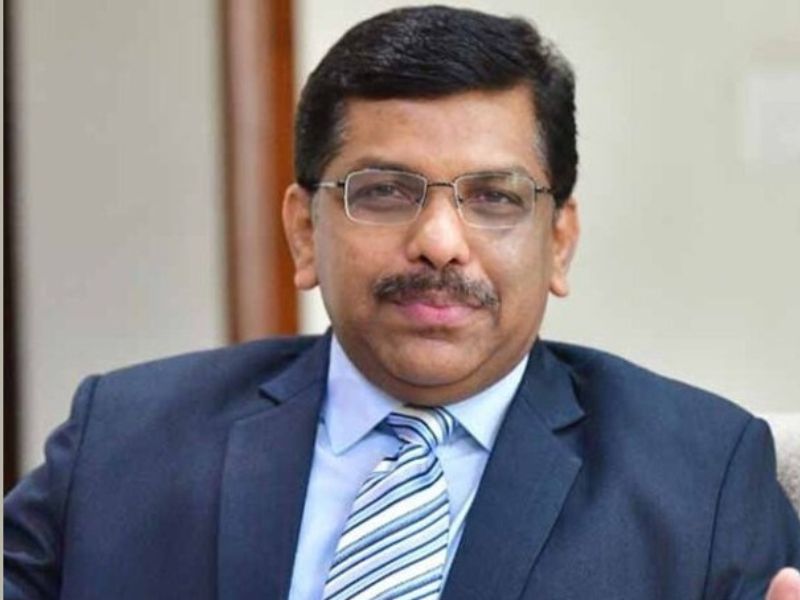
November 14 is an eagerly awaited day for every child in India. For on this day, children are showered with much love, sweets and exciting gifts! It marks the birth anniversary of a great freedom fighter, erudite statesman and architect of post-independence India – Pandit Jawaharlal Nehru fondly referred to as ‘Chacha Nehru’. It was because of his special affinity to children that the day is celebrated as Children’s Day every year.
Here we’ve lined up some interesting facts about India’s first prime minister who is as much remembered for making the ‘Nehru jacket’ a fashion statement as for nurturing the child within him.
Coming from a family of migrant Kashmiri Pandits, Jawaharlal Nehru was born on November 14, 1889, at Allahabad. He was the eldest of four children born to Pandit Motilal Nehru – a well-respected lawyer, and Swarup Rani – a home-maker.
Pandit Nehru was home schooled till he turned 15. His father, Motilal Nehru, who took special interest in his academics, ensured that young Nehru received a wholesome education at home under the mentorship of skilled tutors and governesses.
During India’s struggle for freedom from the British, Pandit Nehru was imprisoned 9 times. He was put behind bars by the British for a total of 3259 days which adds up to 9 years of his life spent in jail.
It was during his imprisonment in the mid-1930’s that Pandit Nehru penned his autobiography, “Toward Freedom”. The book was published in USA the following year.
Although the Indian constitution was compiled by Dr. BR Ambedkar, it was Pandit Nehru who introduced Article 44 to the constitution which sought to establish India’s status as a ‘secular state’.
During his lifetime, Pandit Nehru survived four attempts to assassinate him. Conspirators tried to kill him first during the partition of India. Following independence, they attempted to assasinate him once in 1955, then in 1956, and then again in 1961.
Nehru was nominated a total of 11 times for the Nobel Peace Prize between 1950 to 1955 for his contributions to maintaining and promoting peace in the Indian subcontinent.
Despite his English education, Nehru renounced western wear during the freedom movement and instead donned Indian wear like long kurta, sherwanis and churidars; not to forget the quintessential Nehru Topi and Nehru Jacket!
An erudite man that he was, Pandit Jawaharlal Nehru authored several books in English including ‘The Discovery of India’, ‘Glimpses of World History’, and his autobiography, ‘Toward Freedom’.
For Chacha Nehru, both children and roses reflected the finest blend of grace and beauty of the world. So he always kept a rose tucked in his jacket front.
























